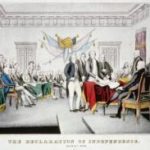This lesson plan explores the Congressional and state redistricting processes in several states, including Texas, Florida, Colorado, Montana, Oregon, North Carolina, Michigan, Pennsylvania, New York, California, Illinois, Ohio, and West Virginia. The lesson extends to the legislative, executive, and judicial processes as well as the geographic and demographic considerations of redistricting.
Rucho v. Common Cause (2019)
This case explores the following issues: Do Common Cause and the League of Women Voters of North Carolina (the plaintiffs) have constitutional standing to make these partisan gerrymandering challenges? Are the plaintiffs’ partisan gerrymandering claims able to be heard by the Court? If plaintiffs have standing and their claims are justiciable, is North Carolina’s 2016 congressional map an unconstitutional partisan gerrymander?
Shaw v. Reno (1993)
Did the North Carolina residents’ claim that the 1990 redistricting plan discriminated on the basis of race raise a valid constitutional issue under the 14th Amendment’s Equal Protection Clause? North Carolina drew legislative districts to create a majority black district.
The Bill of Rights: Debating the Amendments
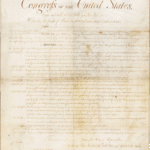
In this lesson, students will examine a copy of twelve possible amendments to the United States Constitution as originally sent to the states for their ratification in September of 1789. Students will debate and vote on which of these amendments they would ratify and compare their resulting “Bill of Rights” to the ten amendments ratified by ten states that have since been known by this name.
The Constitution: Counter Revolution or National Salvation
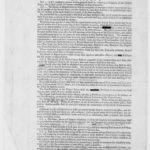
It is Fall 1787. The Federal Convention has recently concluded its closed door meetings in Philadelphia and presented the nation with a new model for the government. It is now up to each special state convention to decide whether to replace the Articles of Confederation with this new constitution. The debate is passionate and speaks directly to what the founding fathers had in mind in conceiving this new nation. Does this new government represent salvation or downfall?
The Constitution: Drafting a More Perfect Union
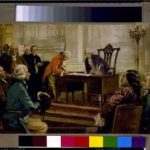
Students will analyze an unidentified historical document and draw conclusions about what this document was for, who created it, and why. After the document is identified as George Washington’s annotated copy of the Committee of Style’s draft constitution, students will compare its text to that of an earlier draft by the Committee of Detail to understand its evolution.
The Declaration of Independence: Created Equal?
The Declaration of Independence: From Rough Draft to Proclamation
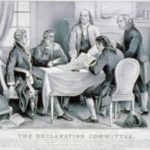
Students will analyze an unidentified historical document and draw conclusions about what this document was for, who created it, and why. After the document is identified as Thomas Jefferson’s “original Rough draught” of the Declaration of Independence, students will compare its text to that of the final document adopted by Congress on July 4, 1776 and discuss the significance of differences in wording.
Suffragists and Their Tactics
Suffrage Strategies: Voices for Votes
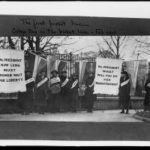
Students examine a variety of primary source documents related to the women’s suffrage movement. They identify different methods people used to influence and change attitudes and beliefs about suffrage for women. Students then create original documents encouraging citizens to vote in current elections.
